- Best credit card rates compared
- Average credit card interest rates this week
- Methodology
- Sources
- About the author
- User questions & answers
Best Credit Card Rates Compared
| Card | Category | Best Intro Rate |
|---|---|---|
| Wells Fargo Reflect® Card | Good Credit | 0% for 21 months from account opening |
| BankAmericard® credit card | Excellent Credit | 0% for 18 billing cycles |
| Citi Double Cash® Card | Fair Credit | 0% for 18 months |
| Fifth Third 1% Cash/Back Card | Long Intro APR & Rewards | 0% for 15 months |
Average Credit Card Interest Rates This Week
| Category | Average APR | 6 Months Ago |
|---|---|---|
| Excellent Credit | 18.03% | 17.89% |
| Good Credit | 24.09% | 23.98% |
| Fair Credit | 26.34% | 26.29% |
| Secured Cards | 22.83% | 22.53% |
| Student Cards | 19.73% | 19.70% |
| Business Cards | 22.15% | 22.10% |
| Store Cards | 30.18% | 29.81% |
| National Average | 22.87% | 22.75% |
One of the lowest ongoing credit card rates available to the general public is 11.75% (V), from the CoreFirst Bank & Trust Visa Platinum Card. But you might be able to get a lower rate if you belong to a particular group. For example, the Educators Credit Union Visa® Platinum Credit Card has a regular APR as low as 10.9% (V).
Some cards also advertise a range of possible APRs, with the exact rate you get depending on your overall creditworthiness. If you’re not sure where your credit stands, you can check your latest credit score for free on WalletHub.
Best Credit Card Rates Methodology
This page focuses on the best credit card rates for new purchases, but standout balance transfer credit cards are also included. If you are interested in low balance transfer rates and fees, check out the full list of the best balance transfer credit cards available right now.
How Two-Year Cost Is Calculated
Two-year cost is used to approximate the monetary value of cards for better comparison and is calculated by combining annual and monthly membership fees over two years, adding any one-time fees or other fees (like balance transfer fees), adding any interest costs, and subtracting rewards. Negative amounts indicate savings. When fees or other terms are presented as a range, we use the midpoint for scoring purposes.
Rewards bonuses and credits have been taken into account for two-year cost calculations. However, bonuses applicable to only a very small portion of cardholders are not considered. For example, credits and bonuses awarded for spending or redeeming rewards through a company portal with non-co-branded cards have not been taken into account. Similarly, bonuses and credits related to spending with specific merchants using a non-co-branded card have not been taken into account (for example, if Card A offers credits with DoorDash, this feature would not be factored into calculations because it is hard to assess how many cardholders would use the benefit or exactly how much value they'd get from it).
Cardholder Spending Profiles
Given that different users have different goals and are likely to use their credit cards differently, we identified spending profiles that are representative of different users’ financial priorities and behaviors. For each cardholder type, we have assumed a specific amount of monthly spending by purchase type (e.g., groceries, gas, etc.), as well as an average balance, balance transfer amount, amount spent on large purchases and average monthly payment. Spending assumptions are based on Bureau of Labor Statistics data for consumers and PEX data for businesses.
Sources
WalletHub actively maintains a database of 1,500+ credit card offers, from which we select the best credit cards rates for different applicants as well as derive market-wide takeaways and trends. The underlying data is compiled from credit card company websites or provided directly by the credit card issuers. We also leverage data from the Bureau of Labor Statistics to develop cardholder profiles, used to estimate cards’ potential savings.
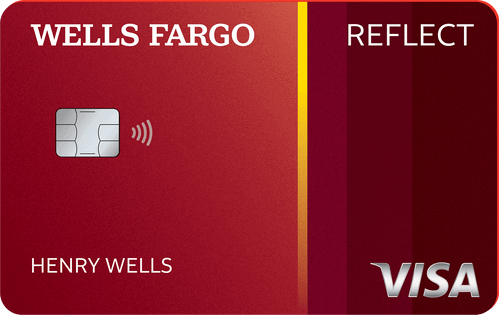
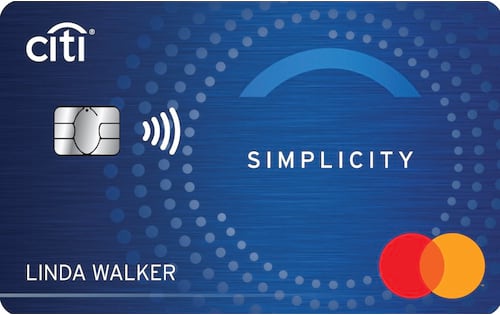
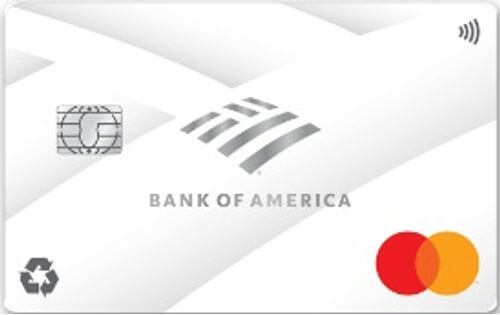
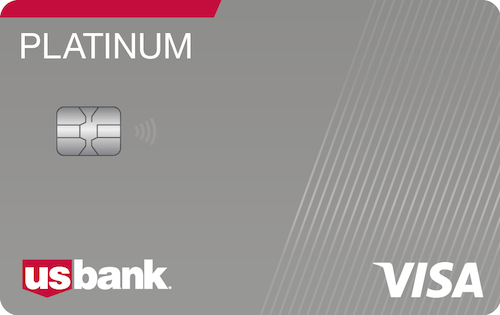

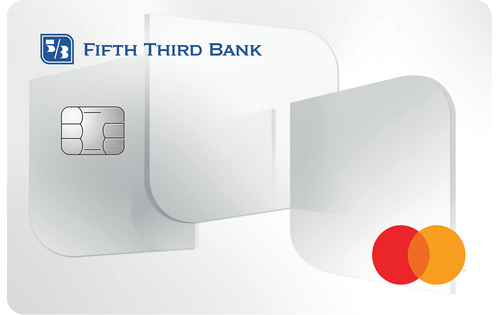

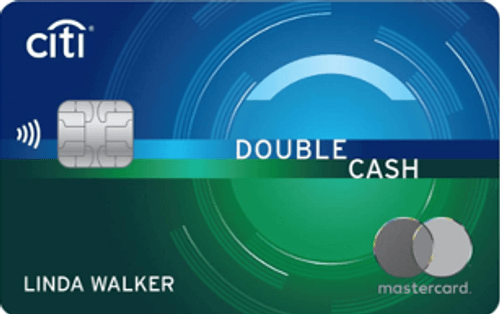
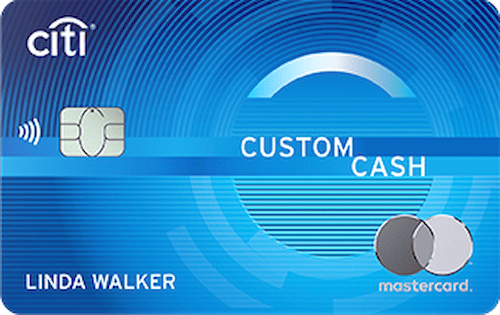


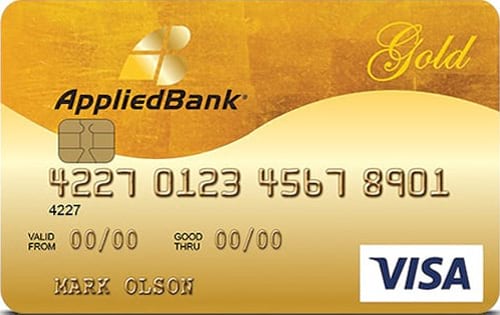
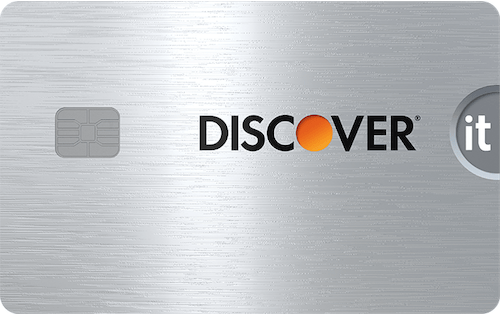
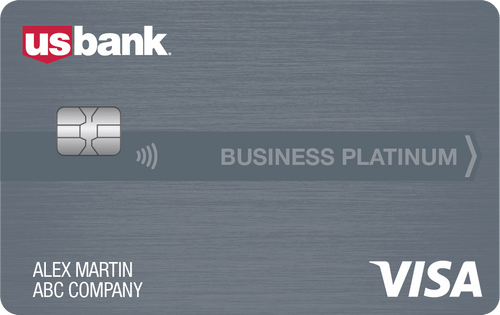



There are no 0% interest credit cards available for people with no credit. The card below has the lowest APR among credit cards for people with no credit right now.